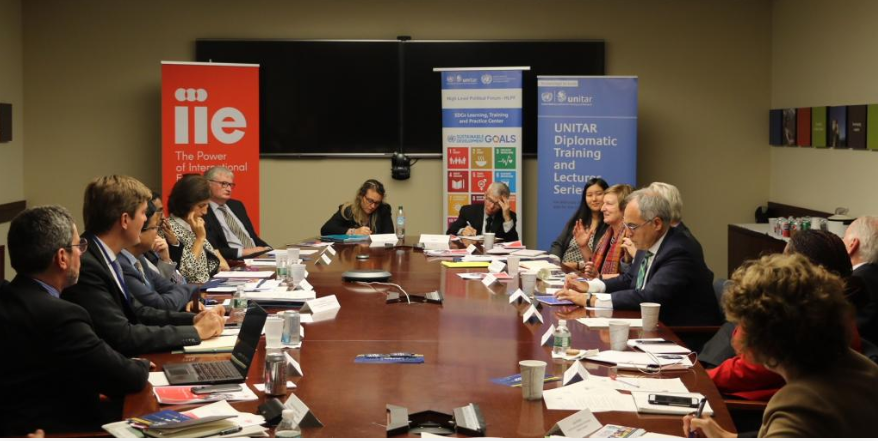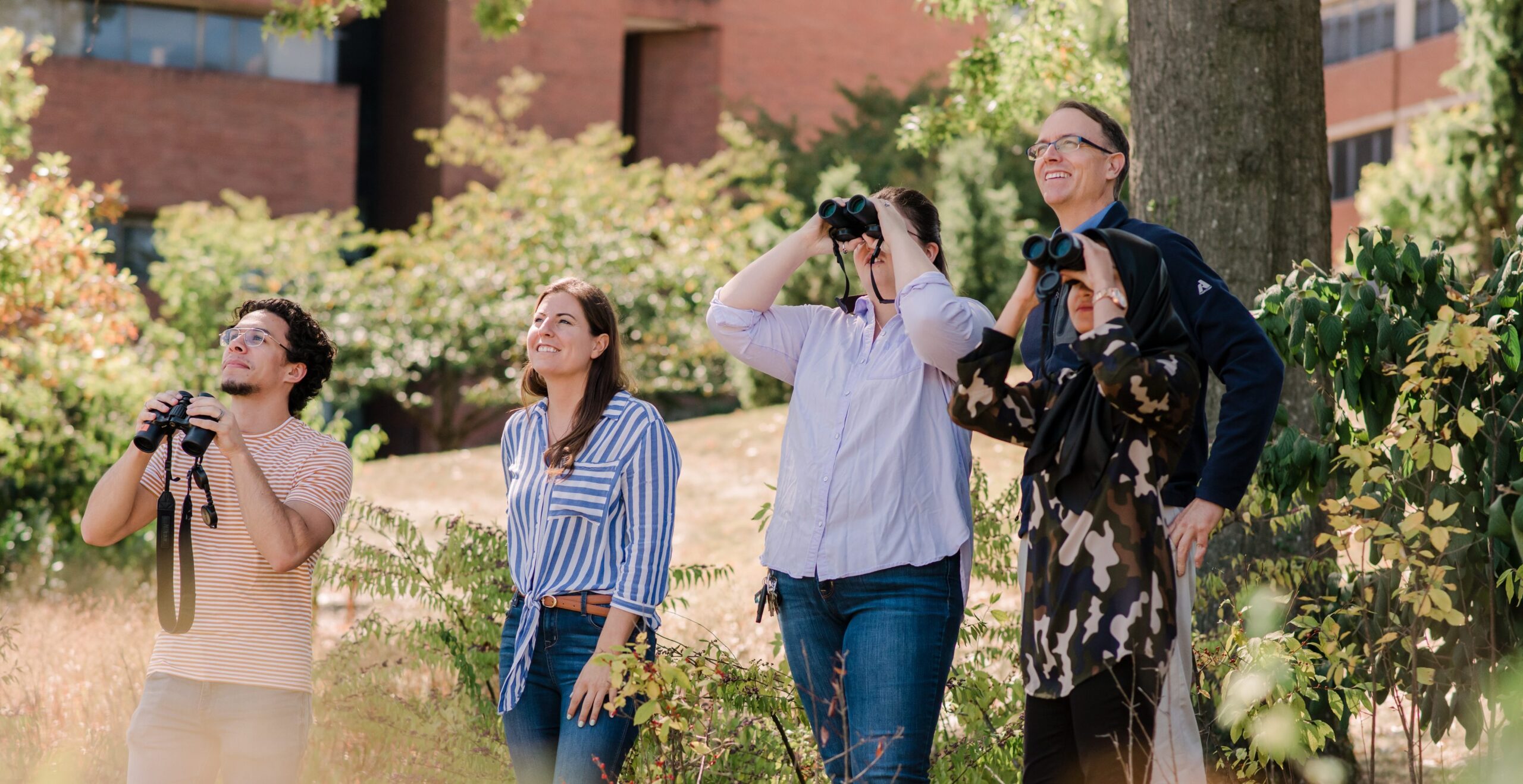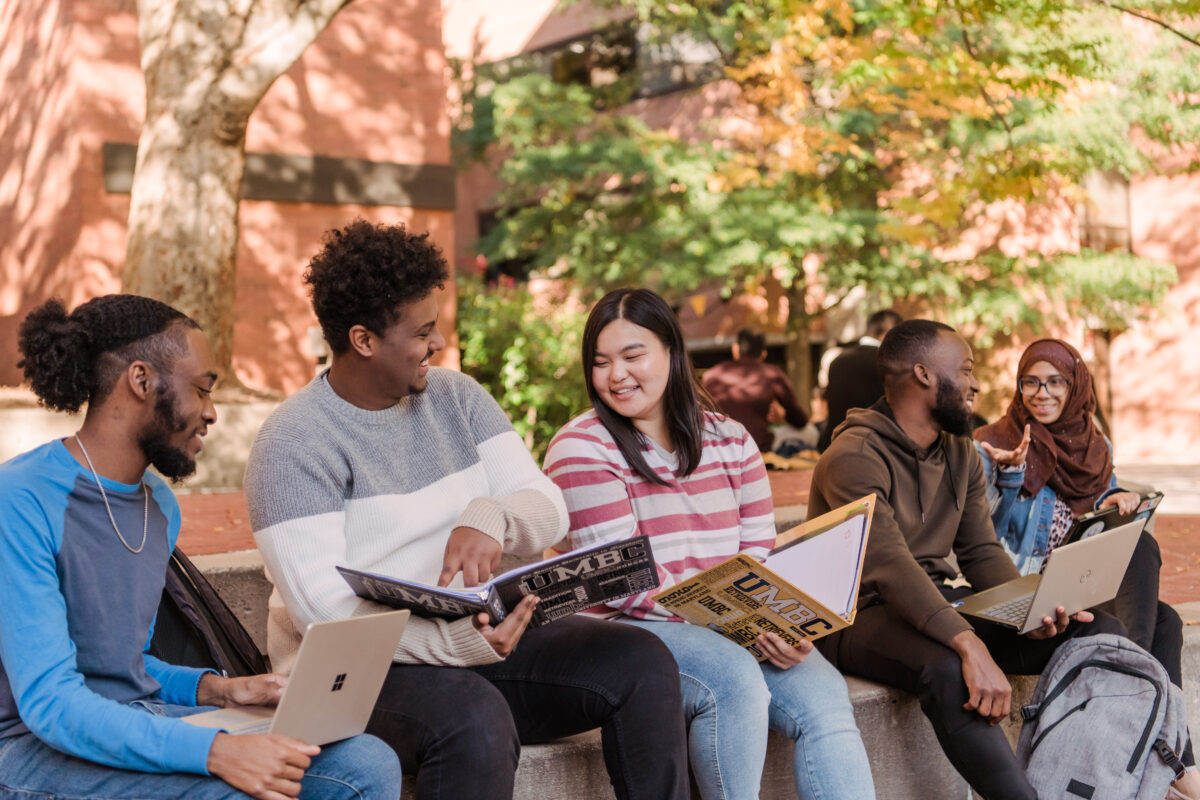UMBC has recently been named a global leader in two prominent international university rankings—one focused on economic and social impact and the other on research influence, academic distinction, and alumni leadership. Times Higher Education just named UMBC one of the world’s top 100 universities in efforts toward several sustainable development priorities. And today, the Center for World University Rankings (CWUR) included UMBC in the top 3.7% of its 2021-22 list.
“These impressive global rankings confirm something Marylanders have known all along, which is that UMBC is a world-class university,” says David Di Maria, associate vice provost for international education. “UMBC not only benefits the state of Maryland, but also benefits the world by working to address some of the most pressing challenges facing our planet.”
Advancing equity and sustainability
The Times Higher Ed Impact Rankings assess universities against the United Nations’ Sustainable Development Goals—17 global goals to move toward a better and more sustainable future. UMBC ranks among the top 200 universities overall and is one of the world’s top 100 universities in the areas of eliminating poverty (#63) and hunger (#91), improving gender equity (#46), improving clean water access and sanitation (#98), reducing inequalities in education (#55), supporting sustainable cities and communities (#83), responsible consumption and production (#23), and supporting land-based (#38) and aquatic (#15) ecosystems.
UMBC is participating in international conversations about how higher education can support sustainable development through education, research, and service. Prior to the COVID-19 pandemic, Provost Philip Rous attended a meeting with leaders of other public research universities and senior officials of the United Nations in New York City to discuss this topic. This is just one piece of UMBC’s international partnership work, which also includes collaborations in more than 50 countries.

Looking specifically at U.S. institutions committed to this work, UMBC ranks 10th in the Times Higher Ed Impact Ranking. Nationally, UMBC ranks #4 in gender equity, #5 in supporting decent work and economic growth, and #5 in reducing inequalities in education. In environmental measures, UMBC ranks #2 among U.S. institutions for responsible consumption and production, #3 for supporting aquatic ecosystems, and #5 for supporting land-based ecosystems.
Faculty and alumni leadership
The Center for World University Rankings include nearly 20,000 universities around the world, listed based on their academic performance. UMBC landed at 727 in the world, in the top 3.7% of higher education institutions rankings worldwide. In the U.S., UMBC was ranked at 175.
The ranking is based on a combination of four factors: quality of education, alumni employment, quality of faculty, and research performance. CWUR looks at metrics like alumni who have earned major academic distinctions and held top executive positions, and faculty research appearing in top-tier and highly influential journals.
“I am extremely proud of our UMBC community for earning this global recognition,” says Di Maria.
Banner image: Kevin Omland, rear, and his students birdwatch on campus. The Omland Lab focuses on avian evolution, behavior, and conservation. They study the critically endangered Bahama Oriole in close collaboration with the Bahamas National Trust. Photo by Marlayna Demond ’11 for UMBC.
Tags: International Stories, Rankings




